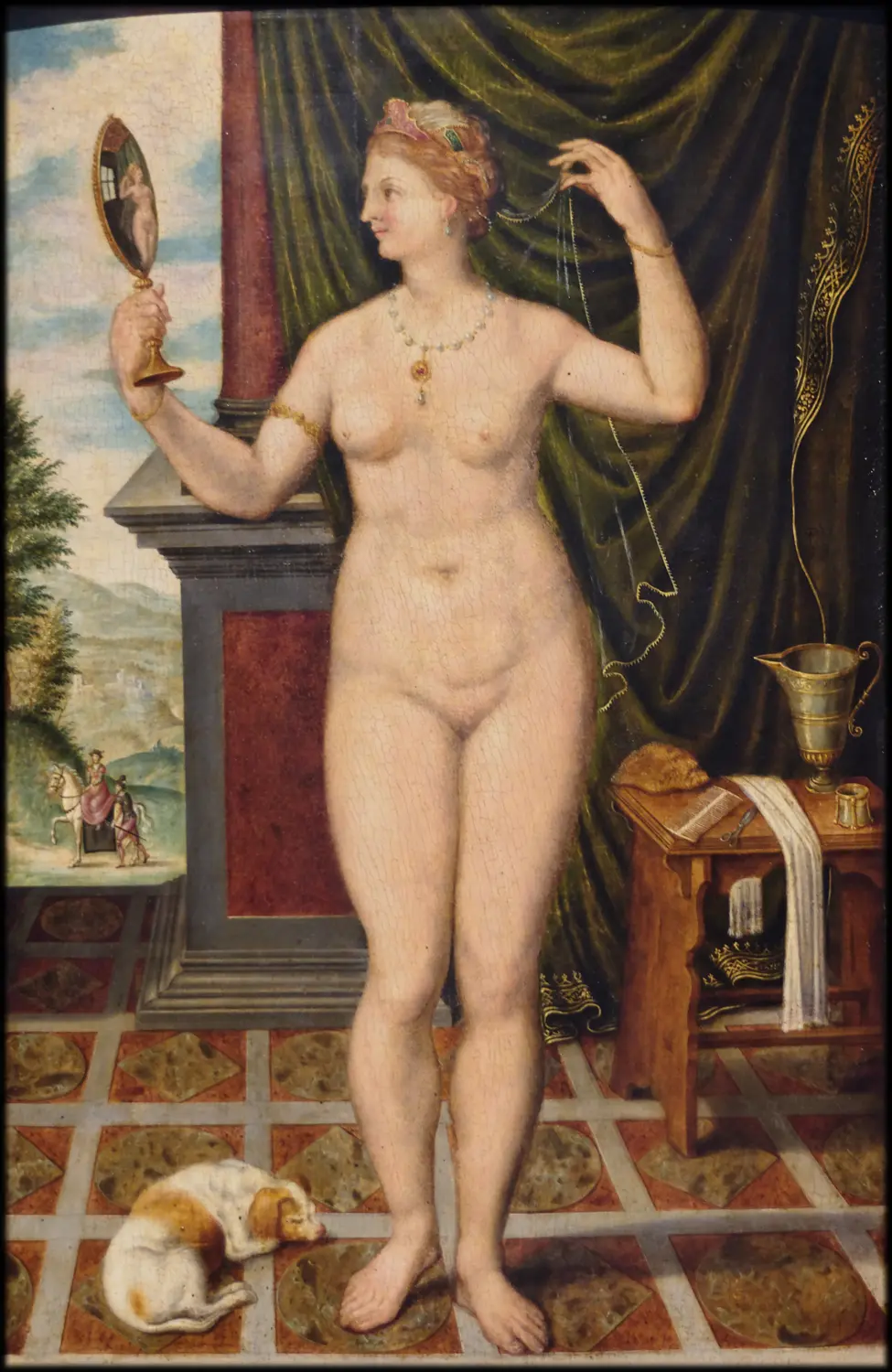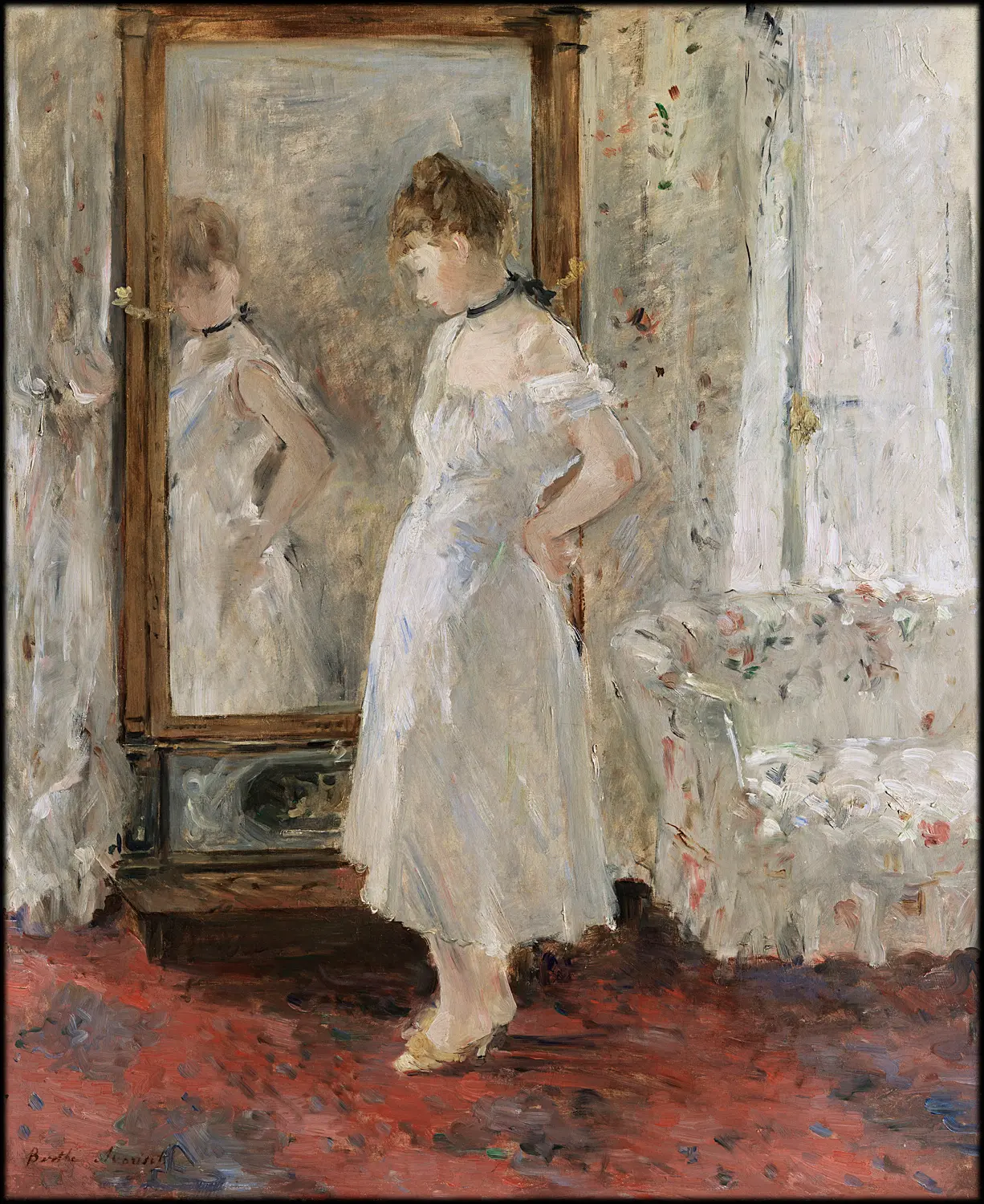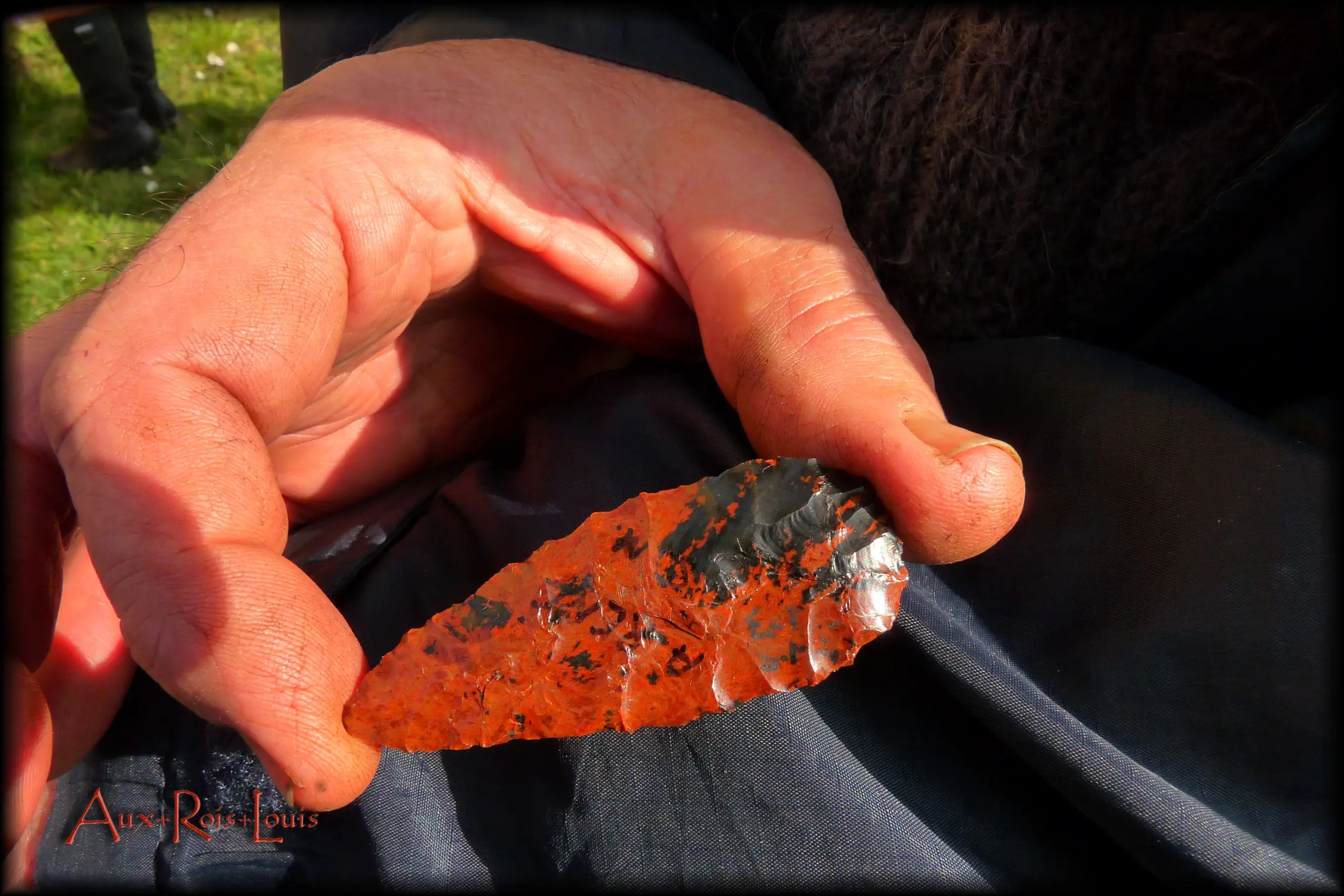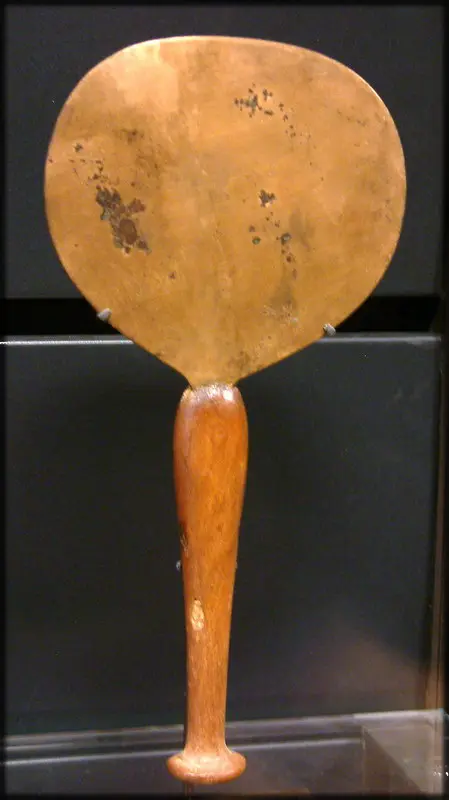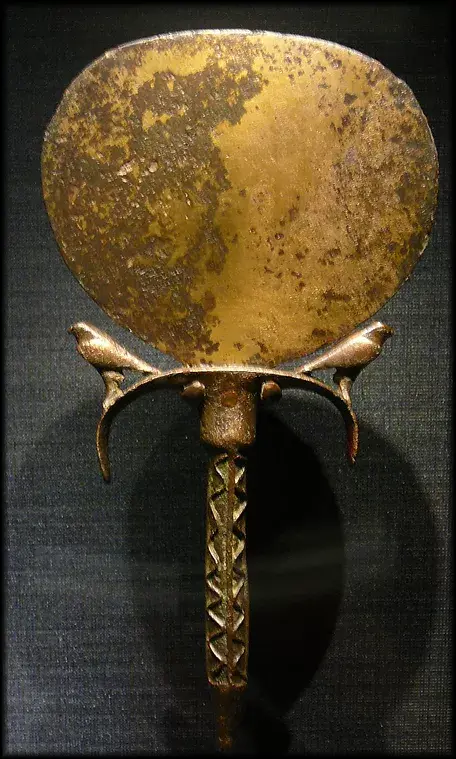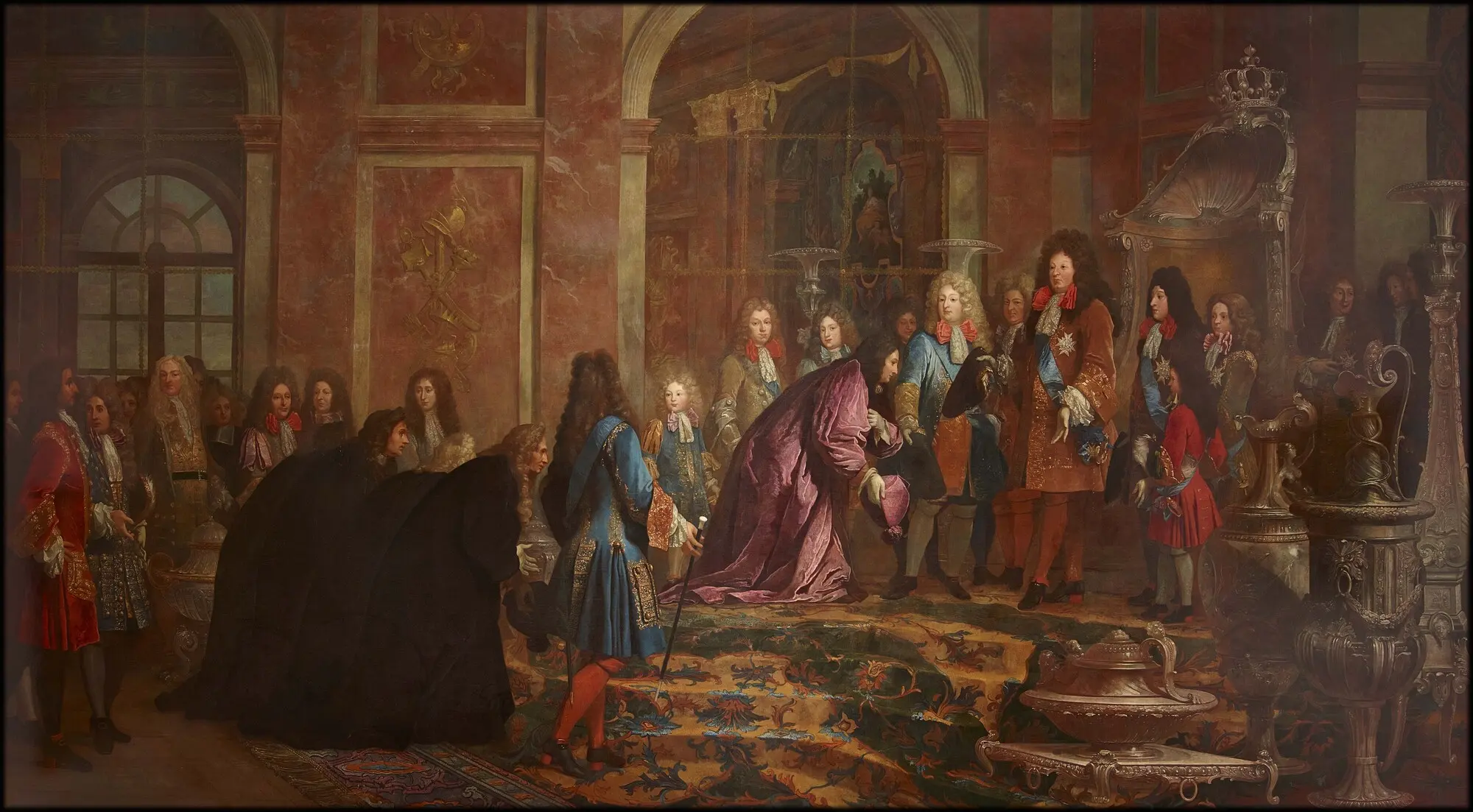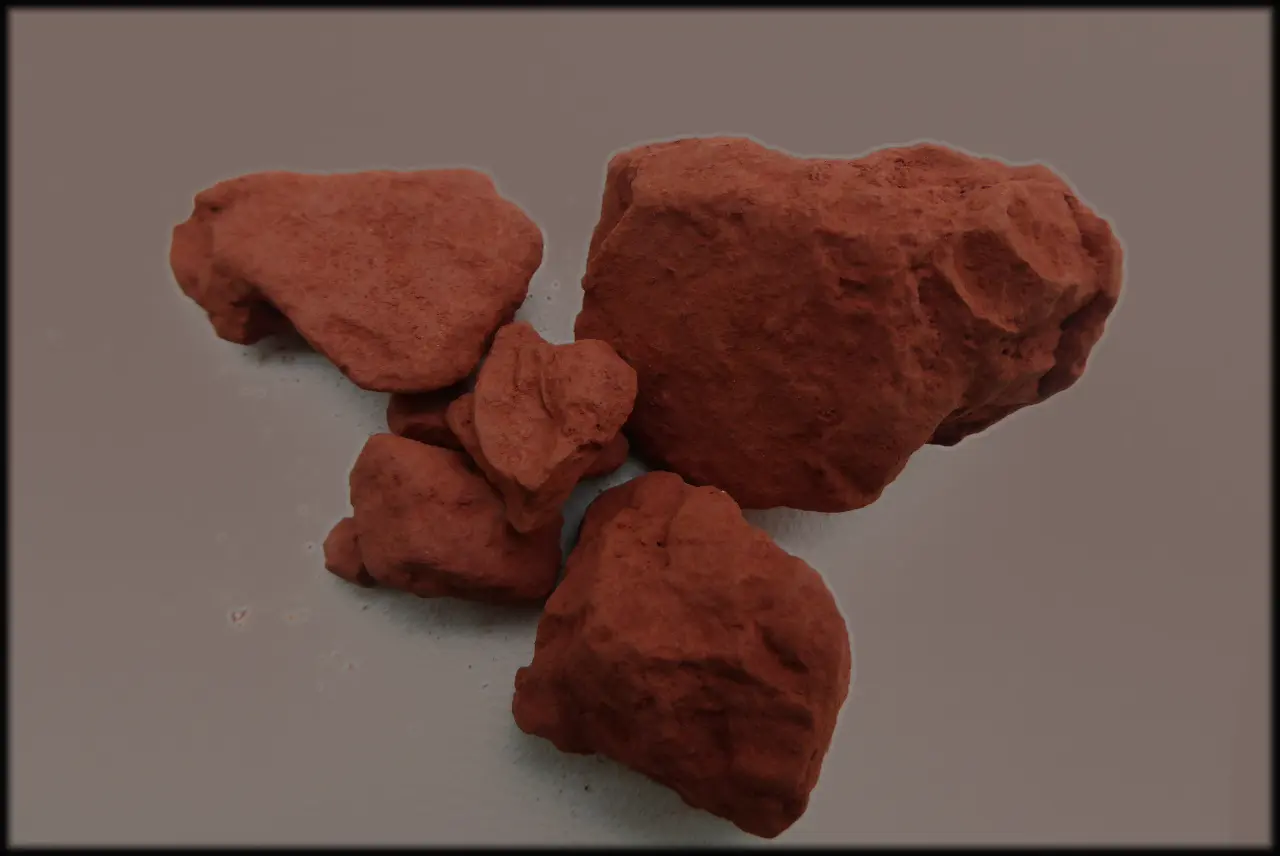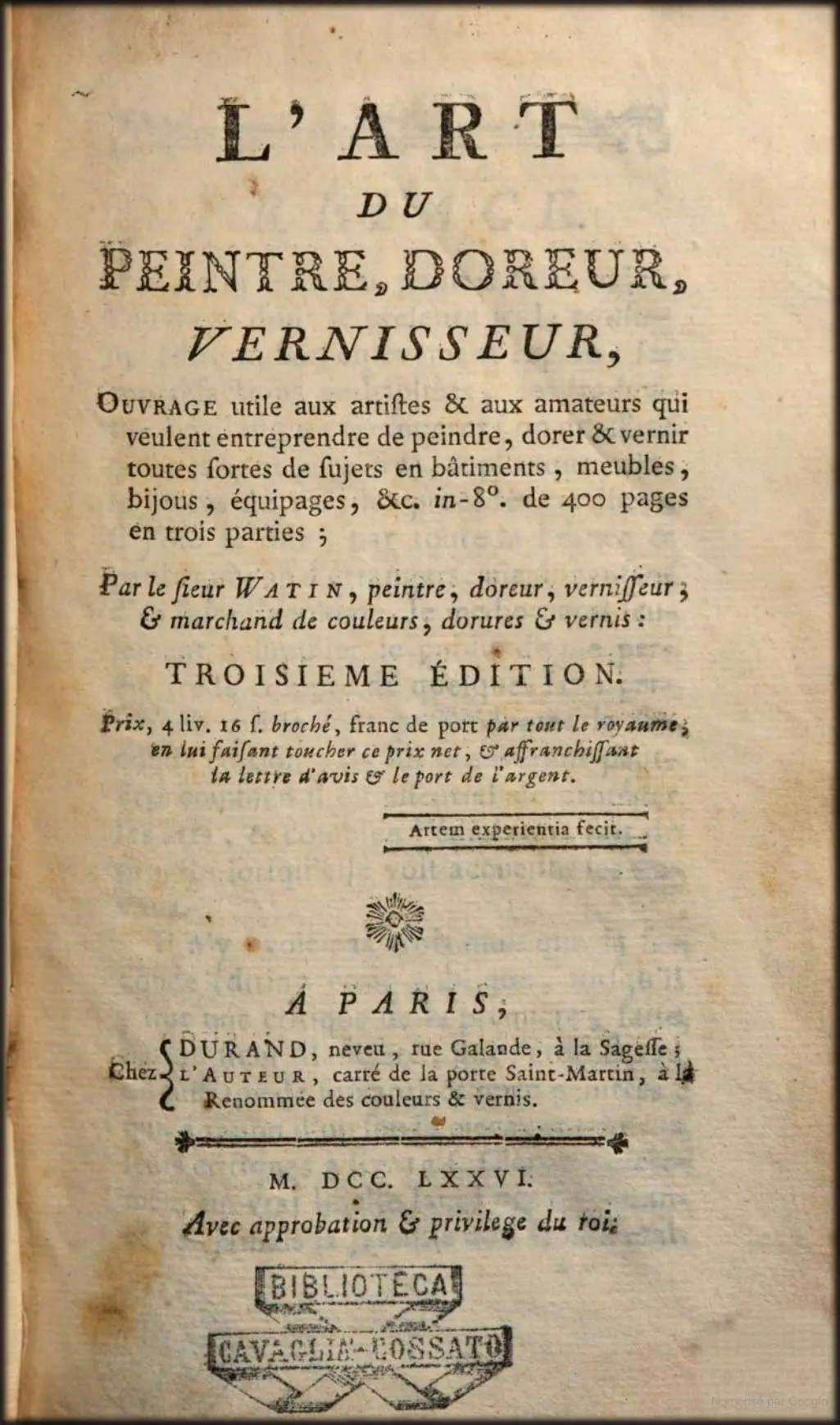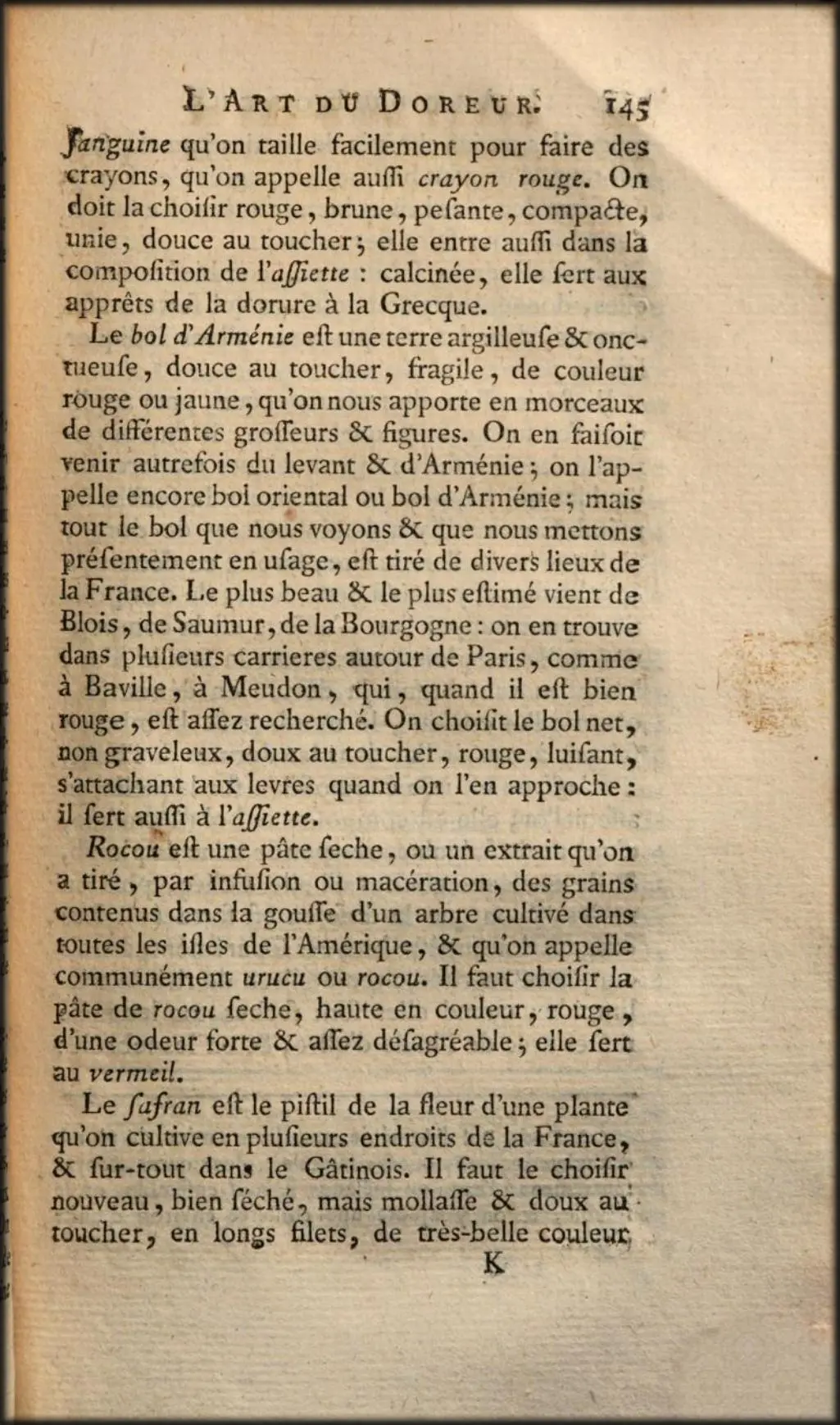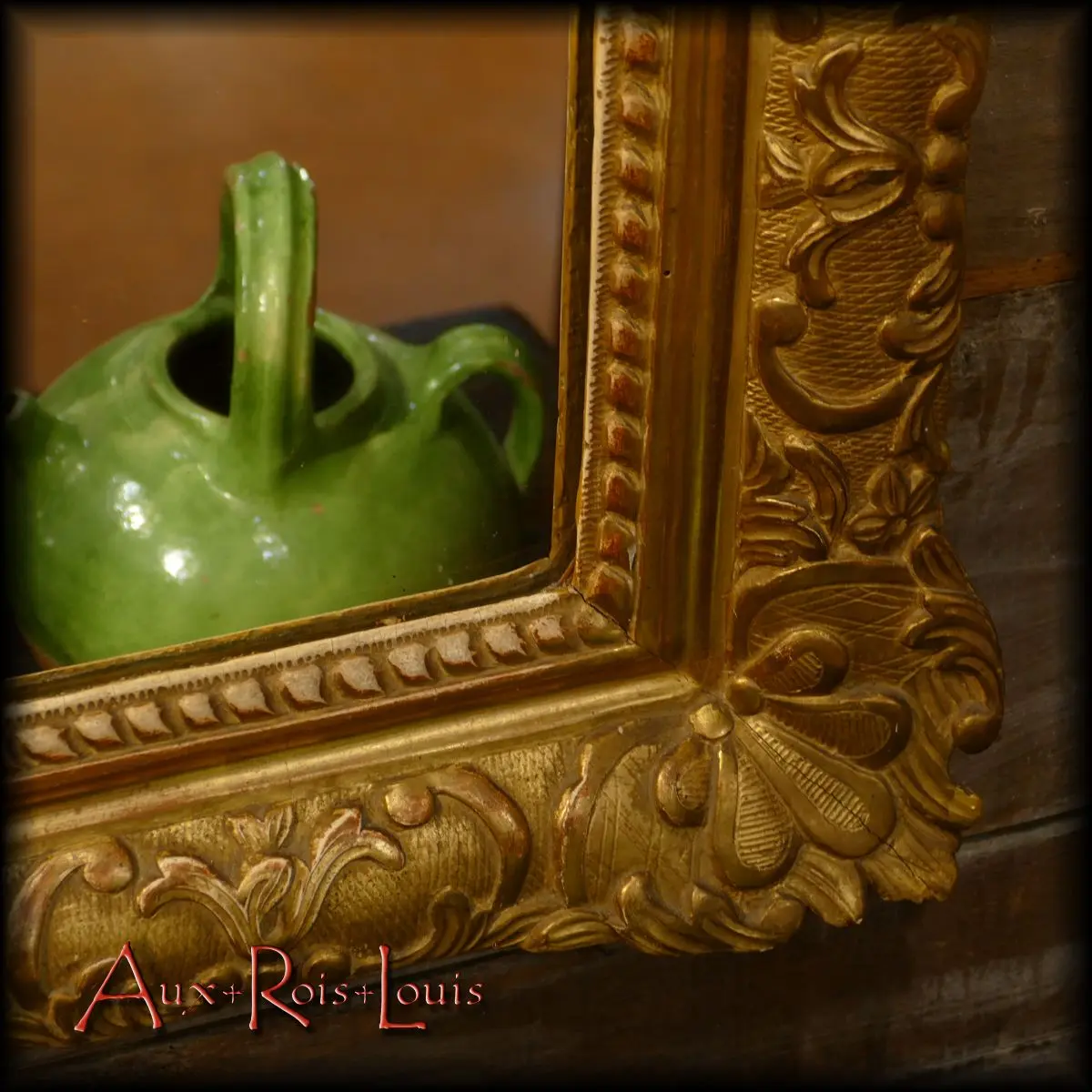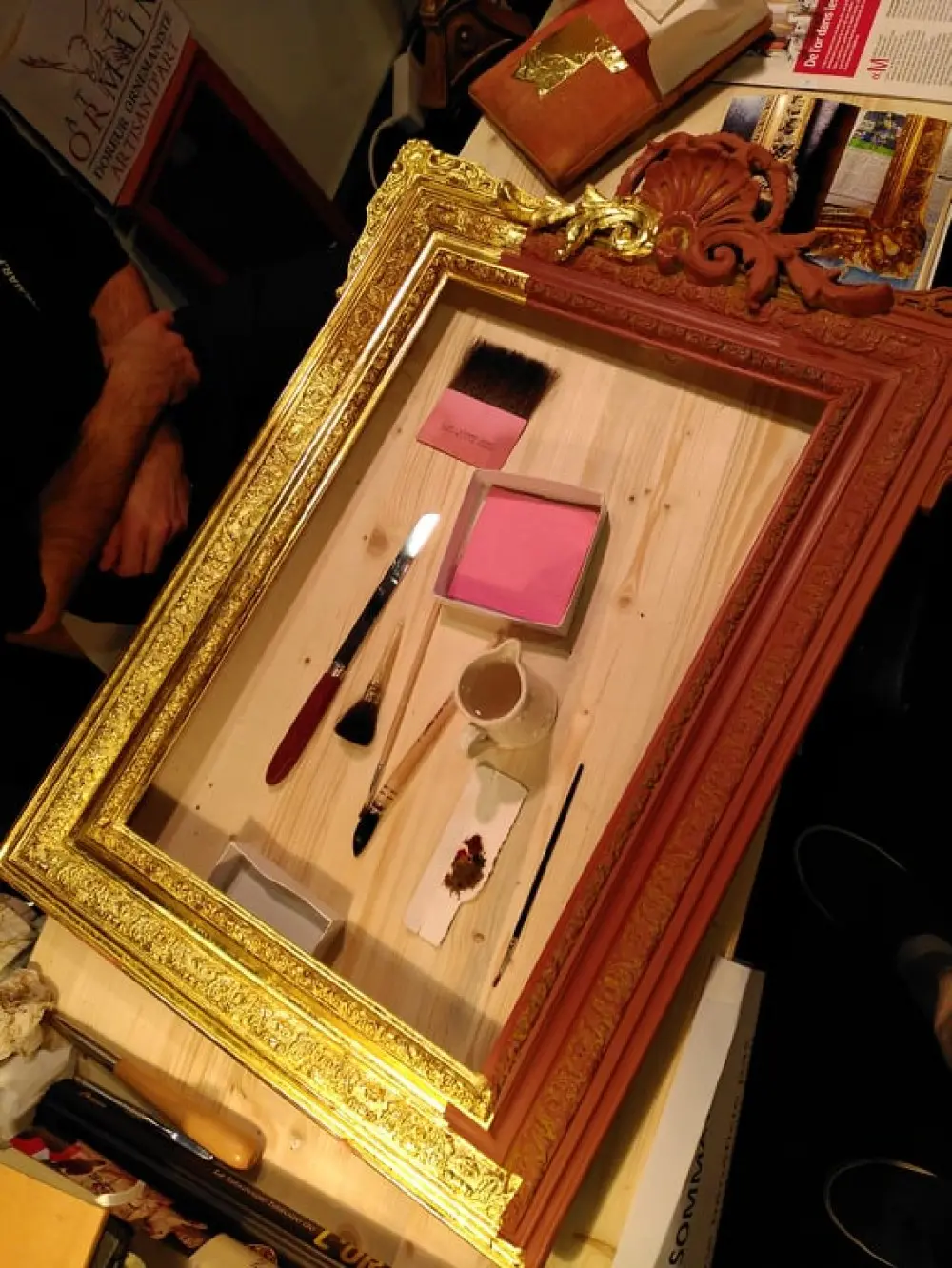From the poor poorly polished pebble to the Galerie des Glaces (Hall of Mirrors) at the Château de Versailles, a little story of how mirrors have reflected us better and better.
IN THE MIRROR, THE PAINTING IS YOU!
The Evolution of the Mirror Over the Millennia
From the small piece of obsidian, a natural volcanic rock polished at will by our prehistoric ancestors to admire the tip of their noses, to the huge mirror cabinets that invaded bedrooms in the 20th century, the history of the mirror has known many adventures. Its Golden Age came at the key moment when, having finally become faithfully reflective, it was granted the status of an authentic masterpiece. Like the canvases of the great painters, the mirrors were entitled to their skilfully gilded wooden frames, worked so that they had the appearance of solid gold.
The Renaissance, the Golden Age of Mirrors
Frames of mirrors gilded with gold leaf experienced their full development from the 14th to the 18th century and are today highly coveted beauties.
The Aux-Rois-Louis gallery offers several models from this Golden Age, with various dimensions, ornamentations and symbolism. And to fully appreciate them, here is how they fit into the great history of the mirror and its evolution.
In the beginning, knowing who was the most beautiful was not easy!
At the very start to see each other, you had to find a dark and stagnant body of water, distorting your reflection with the slightest breeze.
What does archeology tell us next?
-
A piece of obsidian – natural volcanic glass – was polished to serve as a tiny mirror 6000 BC in Anatolia, present-day Turkey.
-
Small polished copper mirrors were made in Mesopotamia 4000 BC, in China 2000 BC, then in Egypt 1200 BC.
-
The Romans then tried several metal alloys based on tin, copper, silver, gold and lead. Problem, the resulting mirrors oxidized quickly. They had to be re-polished constantly to make them shine.
Frankly, it’s not easy to put down your rimmel under these conditions. No wonder the beautiful Cleopatra had a heavy hand on khol to seduce Julius Caesar.
Murano in Italy, birthplace of the perfect mirror
In the Renaissance movement that began in the 14th century in Italy, the Venetian glass masters invented a method – kept secret for a century – to lavish on the reflection its absolute fidelity to the model. It is the composition of the tin-mercury amalgam which achieved this prodigy in the glass workshops of the island of Murano, in the lagoon of Venice.
Slowly but surely, this know-how will begin to spread throughout Europe.
In France, the famous Royal Manufacture of mirrors and mirrors produced in this way, in barely 6 years, from 1678 to 1684, the vertiginous Hall of Mirrors of the Palace of Versailles under the reign of Louis XIV, the Sun King.
The mirror embodies luxury and calls for its golden case
Fascinated by these new generation mirrors which reflect their subjects so brilliantly, the royal gilding workshops gave them the same care as that given to the canvases of the great painters. The master gilders will make, to highlight them, dazzling frames reproducing the visual effect of solid gold. Fineness, transparency, polish and nuances are the result of infinite time and care.
For the carved wooden frames, the sizing to hide the grain of the wood and the coated and smoothed primer consist of mixtures of Blanc de Meudon and rabbit skin glue.
For other frames that rest on a wooden structure, the ornaments are molded in stucco, a mixture of aerial lime with fine sand, marble powder or brick powder.
The Armenian bole, the only one worthy of receiving the fragile gold leaf
And this is where a very special gesture comes in: the delicate application of two very thin layers of bol d’Arménie (Armenian bole) in the prominent places intended to be “burnished”. After being gently pressed under an agate stone, this is called burnishing, the gold leaf will be able to express all its brilliance.
Jean-Félix Watin in “L’Art du Peintre, Doreur, Vernisseur” which he published in 1772 describes it as follows:
« The Armenian bole is a clayey & unctuous earth, soft to the touch, fragile, red or yellow in color, which is brought to us in pieces of different sizes & shapes. They were formerly brought from the east and from Armenia; it is still called Armenian bole (also known as bolus armenus or bole armoniac); but all the bole that we see & put in use at present, is taken from various places in France. The finest and most esteemed comes from Blois, Saumur, Burgundy: it is found in several quarries around Paris, such as Baville, Meudon, which, when it is very red, is quite sought after. We choose the clean bole, not gritty, soft to the touch, red, shiny, clinging to the lips when approached: it is also used on the plate »
Until the 18th century, water-based gold leaf gilding, or tempera gilding, was king. The culmination of this long process gives the gilded frames of this period an unparalleled delicacy.
Over the centuries under the gold, the fine clay outcrops
Over the centuries, the gold leaf has been dulled here and there and this is how we see in places the Armenian bole, Levant bole or “assiette à dorer”, according to these different denominations.
The red clay surfaces as if by transparency and accentuates the depth of the nuances.
This red colored basic layer (assiette in French) is the most common in France. The yellow basic layer is the most used in Italy. The black basic layer is preferred in England, for example for the gilding of Buckingham Palace.
All these nuances feed various artistic biases. These different basic layers give them strength and character. It is important not to try, when they reappear, to hide them.

